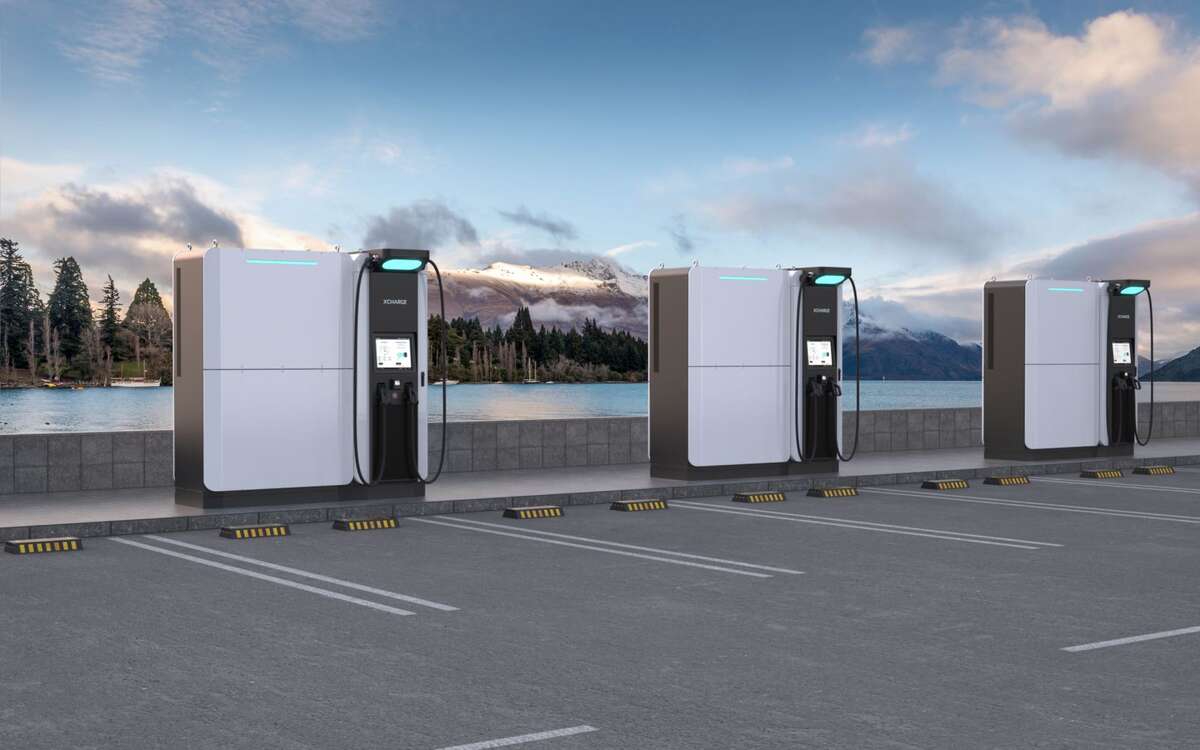
Entering the 2020s, the spotlight on cleaner transportation has been more pronounced than ever, bolstered by substantial government investment, support and partnership driving the development of the U.S. electric vehicle (EV) infrastructure. In this domestic advancement, U.S.-based EV companies aren’t mere participants but pivotal contributors, enhancing the nation’s electric grid to meet the surging EV demand.
As EV adoption increases, in tandem so does electricity consumption. It’s projected that domestic electricity will sharply increase, with energy demand and consumption expected to rise 18% by 2030 and upward of 38%, according to analysis from Rapid Energy Policy Evaluation and Analysis Toolkit (REPEAT). However, for EV transportation to help actively combat decarbonization and support the reduction of greenhouse emissions, there must be a well-designed and maintained electrification infrastructure.
Bidirectional Chargers Are Essential to Superior EV Charging Infrastructure
Bidirectional charging solutions — commonly referenced as vehicle-to-grid (V2G) but also encompassing battery-to-grid (B2G) or vehicle-to-everything (V2X) — pave the way for enhanced electrical grid resilience through superior energy storage and management. Notably, these chargers double up as Battery Energy Storage Systems (BESS), capable of supplying electrical power back into the grid during peak demand periods, sustaining grid stability and mitigating the necessity for additional infrastructure investments.
Furthermore, battery-integrated bidirectional chargers can seamlessly integrate with other public renewable energy solutions. Battery-integrated technology stores excess energy produced during peak production periods for utilization during low production phases. Serving as a distributed network of energy storage, bidirectional chargers fortify grid reliability, aiding in averting electric disasters like blackouts, and even operate as energy reserves during emergencies.
Strategic Location Installations: Vital for Adoption
A significant deterrent for prospective EV drivers is “range anxiety” — the apprehension that they won’t have access to enough chargers to complete the intended trip. This anxiety remains because of the limited public EV infrastructure available. Even in metropolitan areas where single chargers and EV charging hubs are more commonplace, this fear persists since there’s nowhere near the same public investment in EV resources compared to their internal combustion engine (ICE) counterparts.
From an individual standpoint, installing consumer-friendly public chargers near shopping centers, office buildings and convenience stores will alleviate range anxiety, benefitting both drivers and surrounding businesses. Moreover, establishing a well-distributed network of bidirectional chargers along major travel routes and interstates will combat range anxiety while fostering increased potential for EV tourism.
From a business perspective, increasing chargers in consumer environments grants local businesses maximized bottom-line potential and, for organizations that choose to install chargers on their business properties, offers a new revenue stream.
Promoting Industry Viability and Investment Through Interoperability
Competition is necessary to accelerate the industry’s growth and is a key factor that contributes to its sustainability. For instance, Tesla’s supercharging network is currently dominating the industry. This is great for Tesla drivers and the company’s overall business. But, due to the lack of interoperability between Tesla and other EVs, their business model doesn’t promote general EV industry growth. Understandably, our market is built to thrive on competition, but as the industry is being established, interoperability in charging solutions is key to increasing EV adoption.
Interoperability is important for various reasons. First, it allows for a more seamless user experience — such as ensuring EV drivers can utilize any station regardless of manufacturer or network or unifying the payment process to avoid the need for multiple accounts, apps, etc. Further, the interplay amongst charging systems encourages more investment in the EV industry, as it reduces the risks from investors in investing in solutions.
The EV industry is long past its infancy but still has a long journey ahead to be considered a viable transportation alternative to ICE vehicles. While drivers’ concerns are a part of this problem, this can be addressed by local businesses and municipalities through expanded public charging infrastructure. Many believe that government incentives and grant programs will be the catalyst for increasing public charger access but fail to recognize their current EV solutions that are cost-effective and easily deployable, with an efficient ROI timeline from purchase and installation and an ongoing revenue pipeline. For instance, battery-integrated bidirectional solutions expedite the ROI timeline as the charger allows organizations to sell their excess energy during peak hours and generates revenue without the charger even being used. Introducing these battery-integrated chargers to consumer-friendly places, like grocery stores or coffee shops, reinforces the local electrical grid while offering these local businesses a new revenue potential. Ensuring interoperability in these solutions will only increase charging accessibility and EV transportation.
- SEO Powered Content & PR Distribution. Get Amplified Today.
- PlatoData.Network Vertical Generative Ai. Empower Yourself. Access Here.
- PlatoAiStream. Web3 Intelligence. Knowledge Amplified. Access Here.
- PlatoESG. Carbon, CleanTech, Energy, Environment, Solar, Waste Management. Access Here.
- PlatoHealth. Biotech and Clinical Trials Intelligence. Access Here.
- Source: https://energycentral.com/c/ec/driving-scalable-and-sustainable-growth-ev-industry
